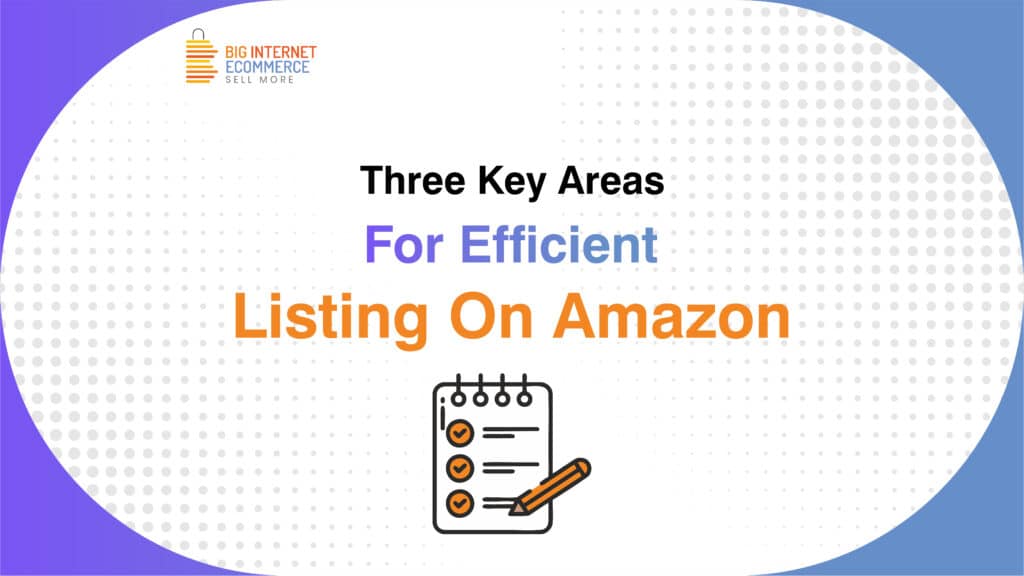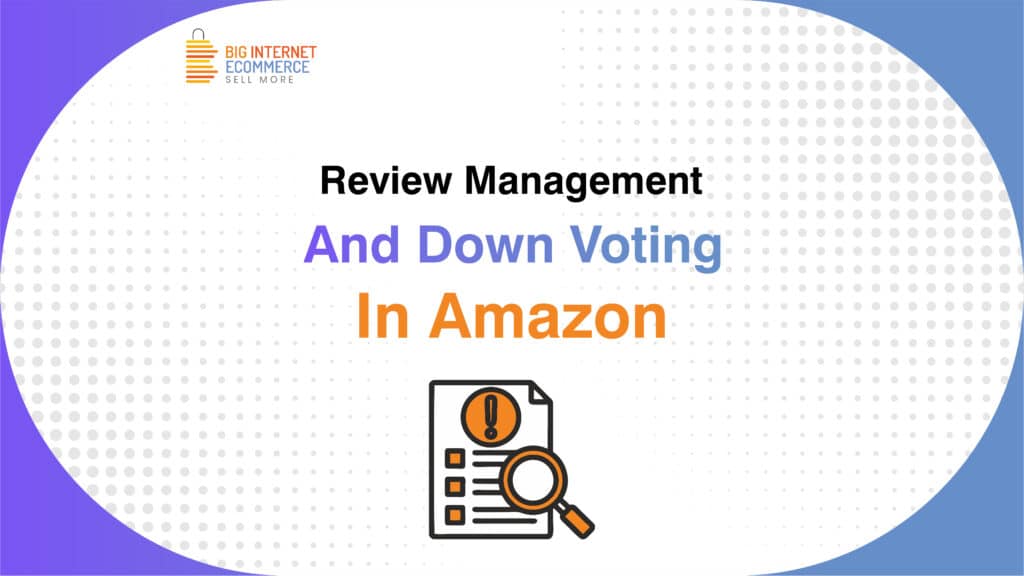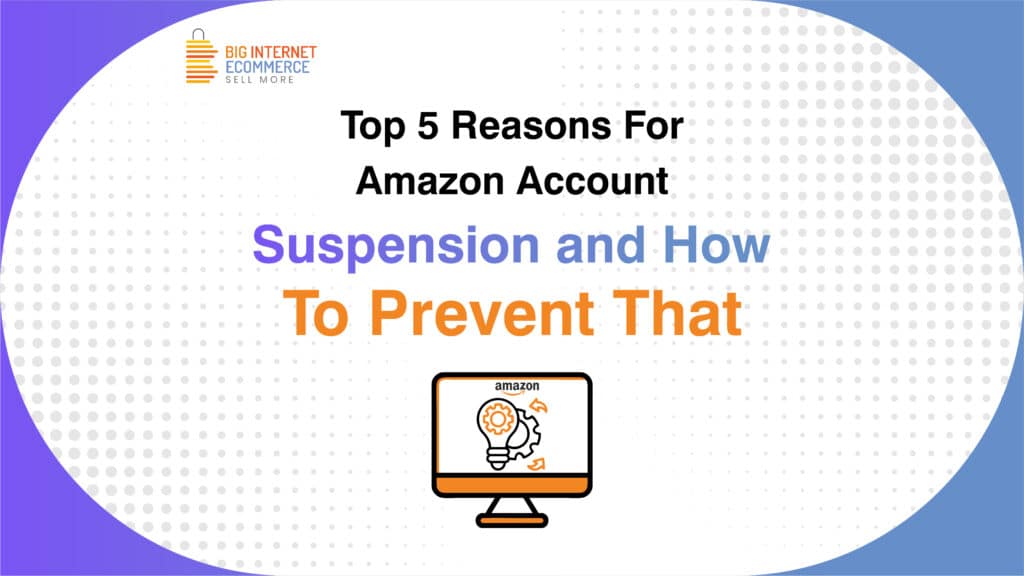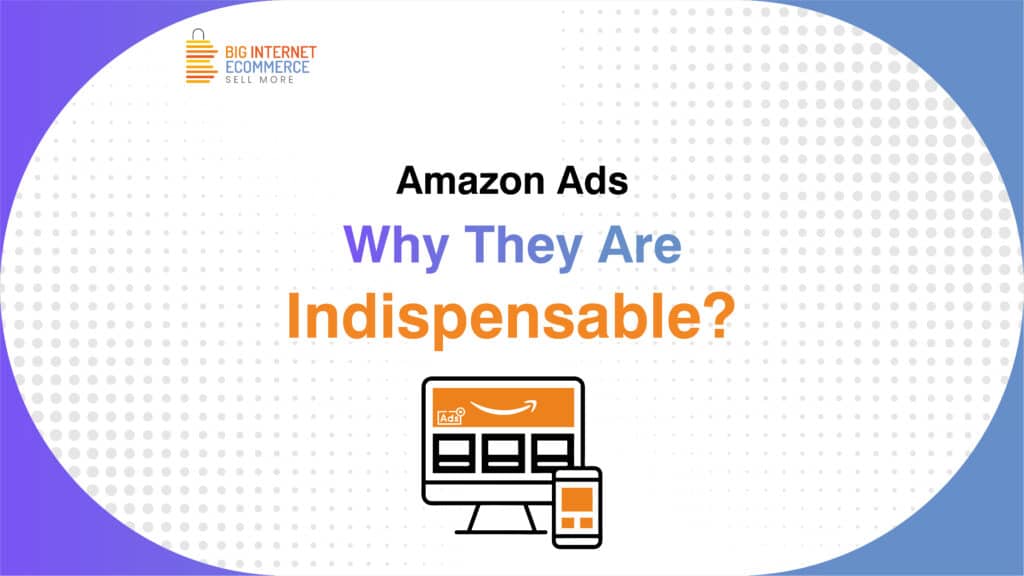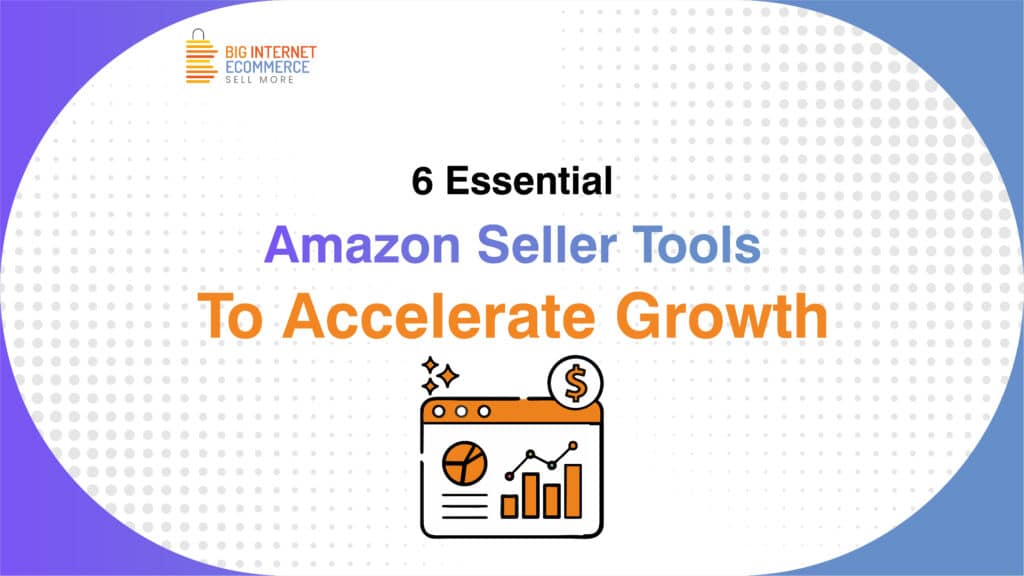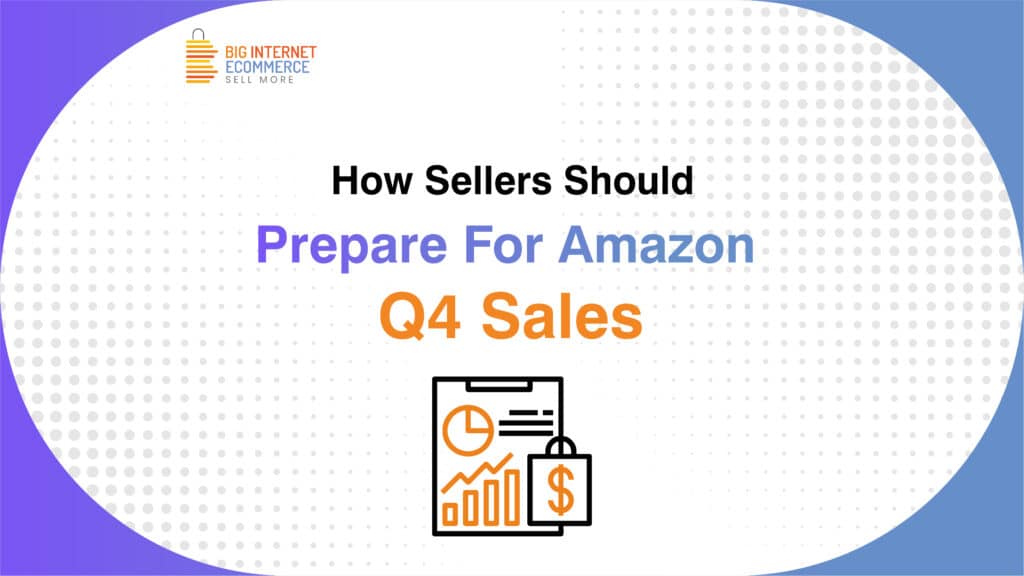Work from Home – Safety Hacks to make your Life New Normal
At a time of heightened demand for food, medicines, cleaning supplies, and personal care products on Amazon, Amazon’s Human resources are the need of the hour. Behind every successful order placed by a customer, it’s the dedication and hard work of Amazon sellers and Human resources that make it happen. For improved product listings and leads, Amazon’s Human resources work hard to ensure the survival of brands in the marketplace even during difficult times. Some of us were excited to work from home thinking that there would be enough time to spend with the family. Do you feel that same excitement today? Probably not! You might have experienced a lot of problems while setting up your workspace. You might have got bored and tired of staying at home and spending long hours in front of your computer. Household chores might have interrupted your work schedule. Not to mention, the kids. Now, you eagerly await to get back to the office, meet friends and have parties. But, to prevent the deadly corona, we may have to continue to work from home for some more days. It sounds sad, but it’s true. Here are a few tips and best practices for Amazon Sellers and Human resources to manage your work-life balance smartly. Set up your physical workspace: Most of us make use of sofas or beds or sit on the floor due to space constrictions. Some of us might have set up a comfortable workspace. If not, it’s time to set up your workspace for many reasons. A comfortable and safe workspace not only helps you focus on work by minimizing distractions but also increases your productivity and keeps you fit and strong, both physically and mentally. Choose a safe and secure space with good ventilation and lighting. Get comfortable furniture. The right chair, and a proper table work wonders. Also, do ensure your computer is at eye level. Maintain Regular Hours: Set a work schedule and stick to it. Make a ‘To-Do List’ each day as it helps you manage your time and establish the hours of work. Stay Connected to each other: Spending long work hours before a computer at home gets you frustrated and anxious. Connect with all your colleagues and stakeholders and share your work-from-home moments. For example, create a team WhatsApp group and share pictures of your birthday celebrations, your home workspace, your kids, the food you cook, and more. Schedule a 10-minute break every 2 hours. Make space for some fun along with work. Protect your Physical Health Follow the 20-20-20 rule. Your eyes are more prone to damage because of long hours of work in front of a computer. Take a 20-second break and look at something 20 feet away every 20 minutes and blink your eyes 20 times. This 20-20-20 rule comes highly recommended by ophthalmologists as an effective way to keep eyes protected. Move your body around every hour and stretch your arms. Walk around while you are on the phone. Drink a lot more water and eat healthy food. Get a good night’s sleep. Sound sleep makes you more focused and increases productivity. Protect your Mental Health: Long work hours staring at a computer screen not only affect your physical health but you are also likely to experience high-stress levels. Poor mental health may result in misinterpretation of e-mails and tasks before you which affects your productivity. It may also affect family life. Move around a bit or go out and get some fresh air. Try Yoga or breathing exercises to keep yourself motivated. Some Don’ts during your Work Don’t make your living space a workspace. Don’t do the household chores randomly throughout the day as it is a distraction. Don’t charge electrical items on sofas or beds and keep your electrical equipment away from kids and water. Don’t avoid your lunch break. Last but not the least, every day, at the end of the work Do pleasurable activities that elevate mood, like reading, or listening to music Spend quality time with your family. Play with your kids and have fun with them. Make time to do your household chores. Conclusion: Working from home is great, but if not well managed, it can be problematic. It’s super hard to separate work and life when they happen in the same place. Physical health and mental health are equally important for work-life harmony. Follow these simple tips and manage your time. Make sure to socialize with friends and spend quality time with your family. Get in touch with us if you require professional assistance. BIE is a Vancouver, British Columbia-based agency providing human resources to manage all things Amazon. BOOK A FREE CONSULTING CALL
Work from Home – Safety Hacks to make your Life New Normal Read More »




